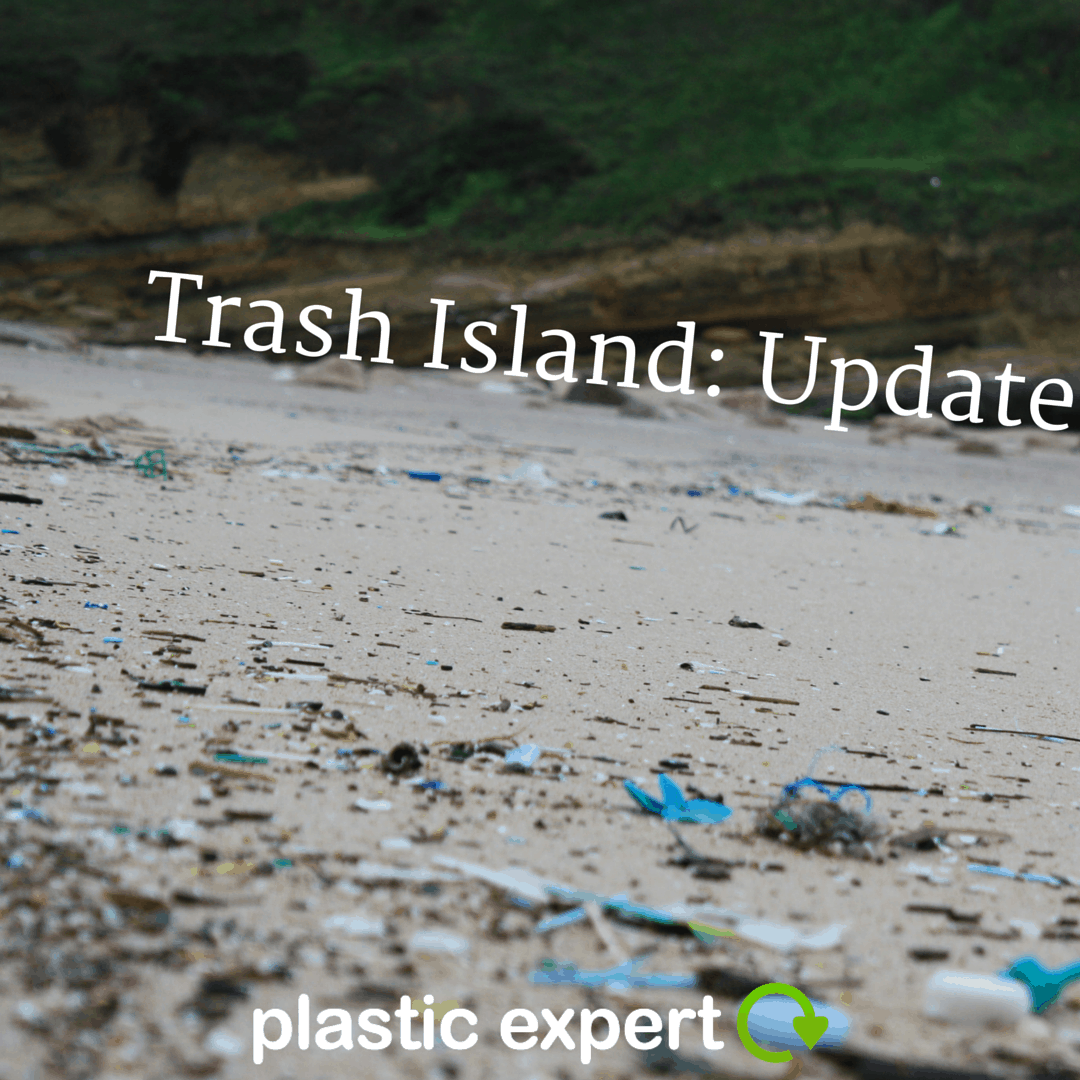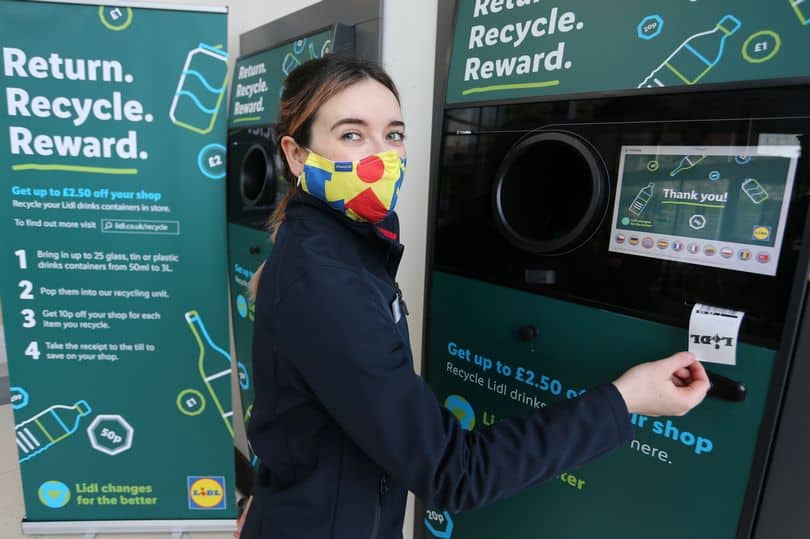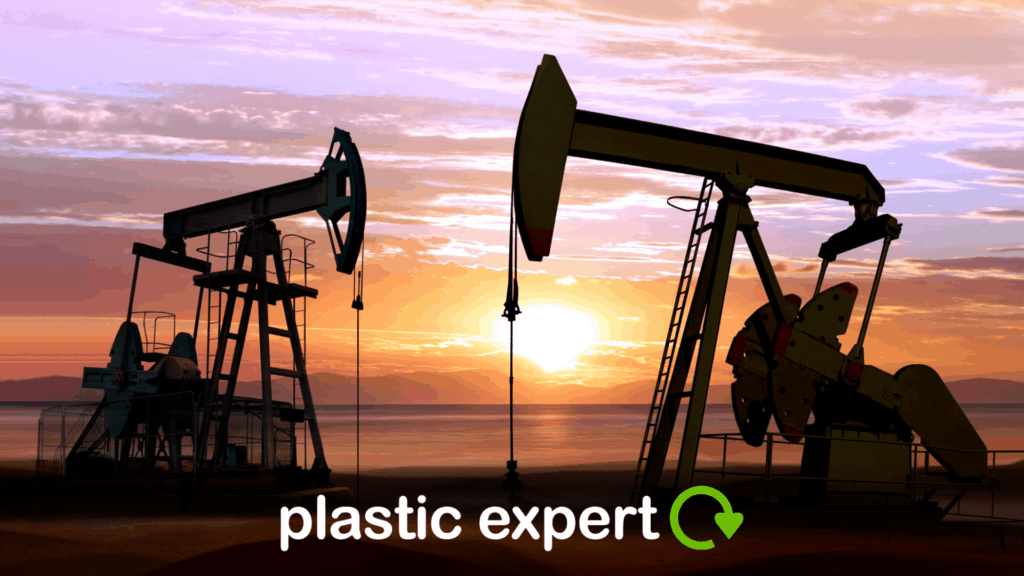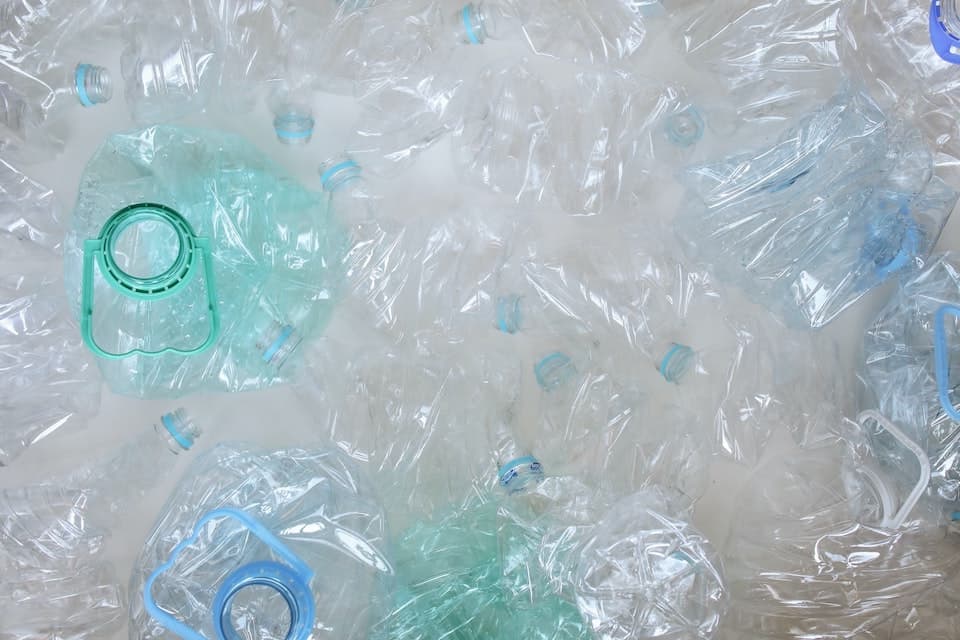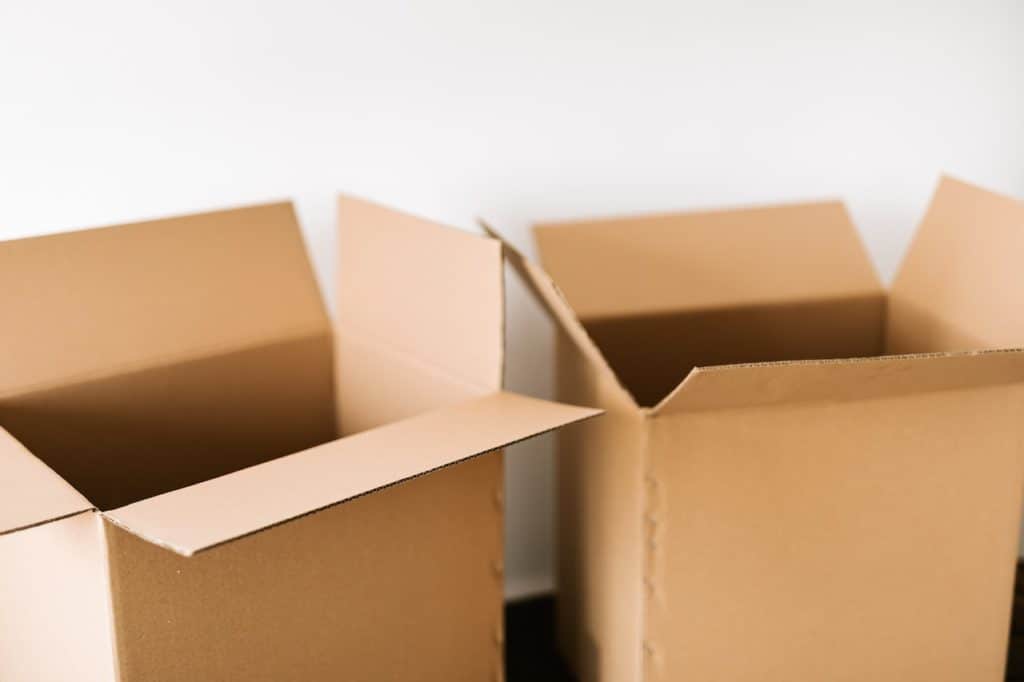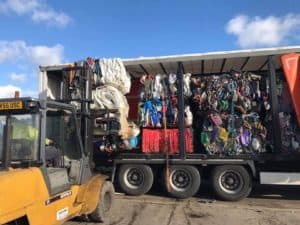Two years ago, back in July 2014, we put together an article for you awesome readers, entitled ‘Welcome To Trash Island’. Now, we are back with more information.
(See the first article here)
Whilst some appear to look like islands, in reality they are evidence of the continued growth of solid waste pollution in large bodies of water. Plastic is the main component of these trash islands and thanks to the water current, solid wastes are collected in areas that then form uninhabitable islands. Truthfully, despite being called ‘islands’, these areas are not even solid or compact.
Immeasurable Growth
Another horrifying fact about the trash islands is that their growth is very fast and all tracking and measures can only be done by scientific estimations. There is no exact data, and knowing nothing precisely makes it difficult to tell their locations and work out how many trash islands have accumulated over the decades. Scientists and marine experts have come up with different figures of measurement and struggle to agree on the facts. Imagine after another 20 years of continuous pollution as to just how plagued our oceans will become.
Turning Trash Islands into Habitable Places
There are many plausible ideas about how to make these trash islands more useful; one of them is to develop their structure and create habitable islands. This seems to be a good idea because the islands are getting bigger and bigger over time. However, plastic waste is toxic and harmful for both human and marine lives. The adverse effect of considering building islands on, or using the plastic waste is almost a subconscious encouragement for people to continue dumping waste in the oceans, and we cannot allow that. Any solution that involves embracing the waste into a floating construction is likely to have continued adverse effects on marine life.
These islands must be removed without further consideration. So, in reality, we must look at cleaning the oceans and using the plastic waste for creating a recycled plastic pellet to support the global recycling market.
Removing the Visible Waste
There are many innovations and ideas on how to collect the floating rubbish, one of which is to send collecting platforms into the oceans. There are two ways of doing this – manually, with human pickers and automatically, with machines. Experts suggest they could clean the oceans in 20 years with the right machinery, but they would be facing a constant barrage of new plastic waste being dumped during their efforts. So, as well as people trying to clean the oceans, others have to find a way to stop it continuing to arrive.
Removing the floating rubbish is only half the removal task too, as a drone last year discovered that not only is waste sat on top of the water, much of it has sunk to the seabed and covered that too. This is not to mention the microplastics…
Removing the Invisible
Water currents and ultraviolet rays from sunlight break plastic into small pieces until they become very small particles called microplastic – which are almost invisible to the naked eye. If removing the visible and tangible plastic is difficult, how can we face what we can’t see?
Some microorganisms can consume microplastics, and they do, but because plastics are toxic, they tend to die very quickly and painfully. So the solution could be nanotechnology. There are various nano and microtechnologies but there is no specialised technology yet for waste removal of microplastics specifically. In the future, it is conceivable to think that scientists may design a plastic-eating bacteria, similar to the bacteria they use to clean up oil spills.
Waste After Removal
After the plastic has been removed, the waste products should go to recycling facilities. There is a global industry of waste recycling, and these huge amounts of solid waste from the plastic islands can help the economy of the waste import and export industry. We can still utilise this material. In fact, we can make a lot of things from it, due to the sheer amount of recyclables that will eventually be collected. The funding for cleaning these islands may be found by selling these recyclables to the recycling companies of the world, but as of yet there is no investor.
The most important thing about this issue is discipline, and teaching people to treat their waste responsibly. We need to work together to find ways of stopping plastic reaching the oceans so that this pandemic does not continue to worsen.

